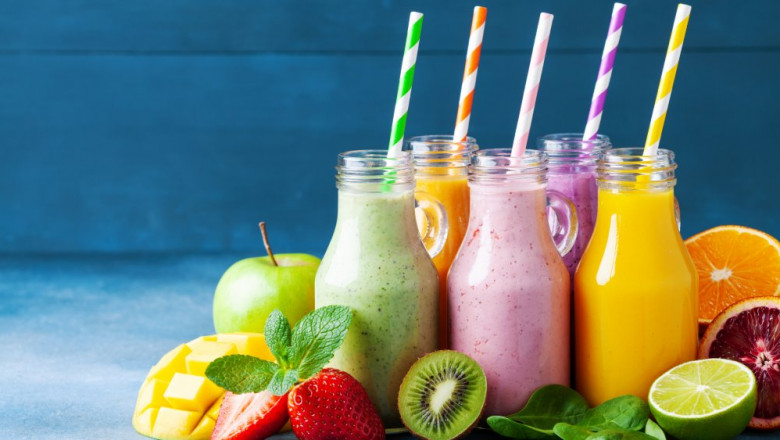views

Cosmetics, for those of you who might not be familiar with it, are a range of products from body spray to perfumes, lotions to face creams, hair gel to lipsticks, all those which add value to a physical appearance of a man or woman.
As cosmetics are generally a part of our everyday lives, it is important to be notified about an array of different natural colours used in these.
Monascus red colour
In simplest possible terms, monascus is a natural colour actively use in food products. When red yeast is ferment, the output is the said colour. It has been said to have been use in cosmetics more often, due to its colour and availability.
You might be wondering if the pigment has any adverse effects on the applied surface; scientists have deduced that there aren’t any side effects, and thus, is safe to use.
Carmine
It is fundamentally a red dye extract from female insects. Carmine is also termed as chochineal. It is widely use in cosmetics products, with red lipsticks and red-coloured facial cream on the top of the list.
According to scientists, the presence of antioxidants in the pigment might improve your skin texture, adding value to your appearance
Rosmarinic pigment
As the name suggests, rosmarinic dye is derive from rosemary, a herb. The said dye has been examine in products which are coloured red-orange. There is a high availability of rosmarinic, and fits perfectly in cosmetics, constituting minimal side effects.
Radish red colour
Distinctively known for it’s red-colour property, it’s easily solubility in water makes it feasible for use in shampoos, hair gels, handwashes, oil, etc. The mentioned pigment is derive from an edible vegetable.
It has been report that radish has high occupancy of Vitamin C, an antioxidant, that helps in protecting skin cells from damage.
Beta-Carotene
Beta-Carotene is a natural product colour responsible for the production of Vitamin A. Vitamin A, in turn, keeps your skin, eyes, and hair healthy. Likewise, the said vitamin is an antioxidant that prevents cells from damage. The colour can be widely recognize in cosmetics across the world and does not carry with it any calamitous effects.
Chlorophyll
For those of you who have studied science, they were taught that chlorophyll is a green pigment through which plants make food. Correspondingly, we should be aware of the fact that many cosmetics manufacturers use this pigment to give a greenish shade.
This may range from soaps to shampoos, creams to face masks, etc. The cooling feature of chlorophyl is admire by many and will continue to do so in the near future.
Gardenia Yellow
As the title represents, gardenia is a dye which is yellow-colour and derive from Gardenia Jasminoides Ellis, a fruit-giving plant. Most commonly seen in sunblocks, lemon-flavoured cosmetics, and shampoos.
It is easily soluble in water and stable on alkaline side. Besides the mentioned category, gardenia yellow is also popularly use in food products and beverages.
We now have come to realize about the various natural colours used in cosmetics. These play a significant role in the ultimate appearance of a product and thus, drive market sales.












